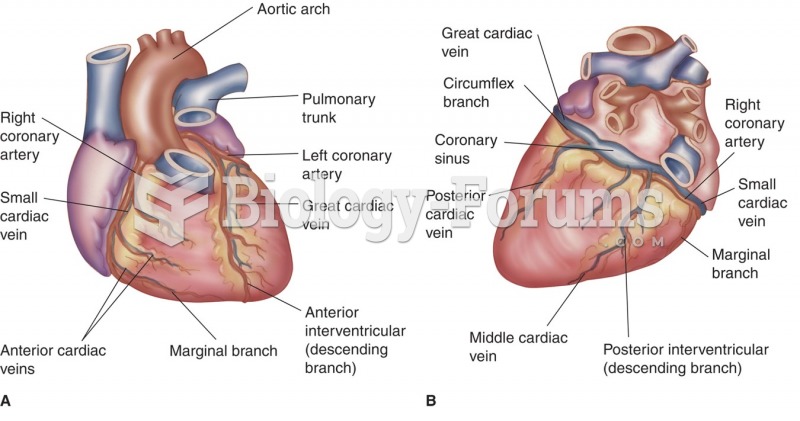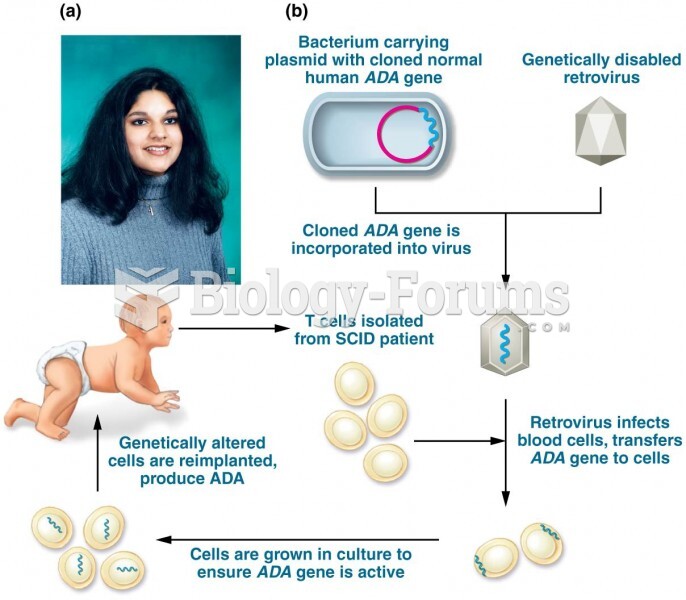Answer to Question 1
A primary purpose of the criminal justice system is to serve society.
Victim impact statements can be an effective means of including those in society most effected by a particular crime
Sentencing is more dynamic that simply seeking justice (or retribution); there are many more concerns such as prison overcrowding
Answer to Question 2
Legal data Arresting officer, victim, original charges filed, and summary of court action as well as complete description of offense and circumstances surrounding it (not limited to aspects developed for the record as part of the determination of guilt)
Defendant statement Defendants version of offense and his or her attitude
Codefendant(s) Information about any codefendant(s), including age and court status
Victim statement Statement from victim and description of victims status, impact on victim, losses suffered by victim, and restitution due to victim
Prior record Full description of offenders prior juvenile and/or criminal record (if any).
Probation/parole Offenders prior adjustment and performance on probation, parole, or any other supervised sentence (if any)
Education and employment Description of offenders educational background, present employment status, financial status, and capabilities
Military service Description of offenders military record (if applicable)
Social history Information on offenders family relationships, marital status, dependents, interests and activities, residence history, and religious affiliations as well as reports from clinics, institutions, and other social agencies with which offender has been involved
Medical and mental status Offenders medical history and (if desirable) psychological or psychiatric report.
Environments Information about environments to which offender might return or to which offender could be sent should probation be granted
Community resources Information about special resources available to assist offender, such as treatment centers, residential facilities, vocational training services, special educational facilities, rehabilitation programs of various institutions to which offender might be committed, special in probation department programs, and other similar programs particularly relevant to offenders situation.
Summary and analysis List of most significant aspects of report (special effort should be made in preparation of PSI reports not to burden the court with irrelevant and unconnected details)
Recommendation Depending on the jurisdiction and or the sentencing judges preference, the PO may offer a sentencing recommendation; particularly important when probation is being considered







